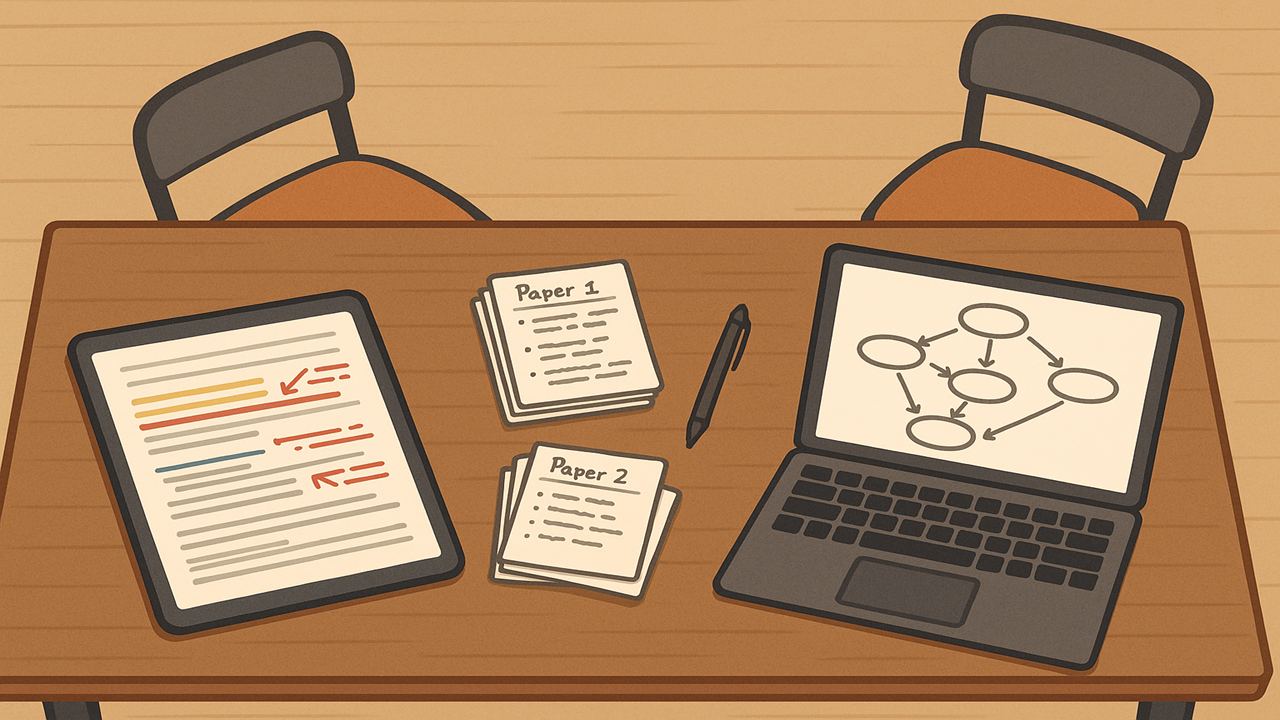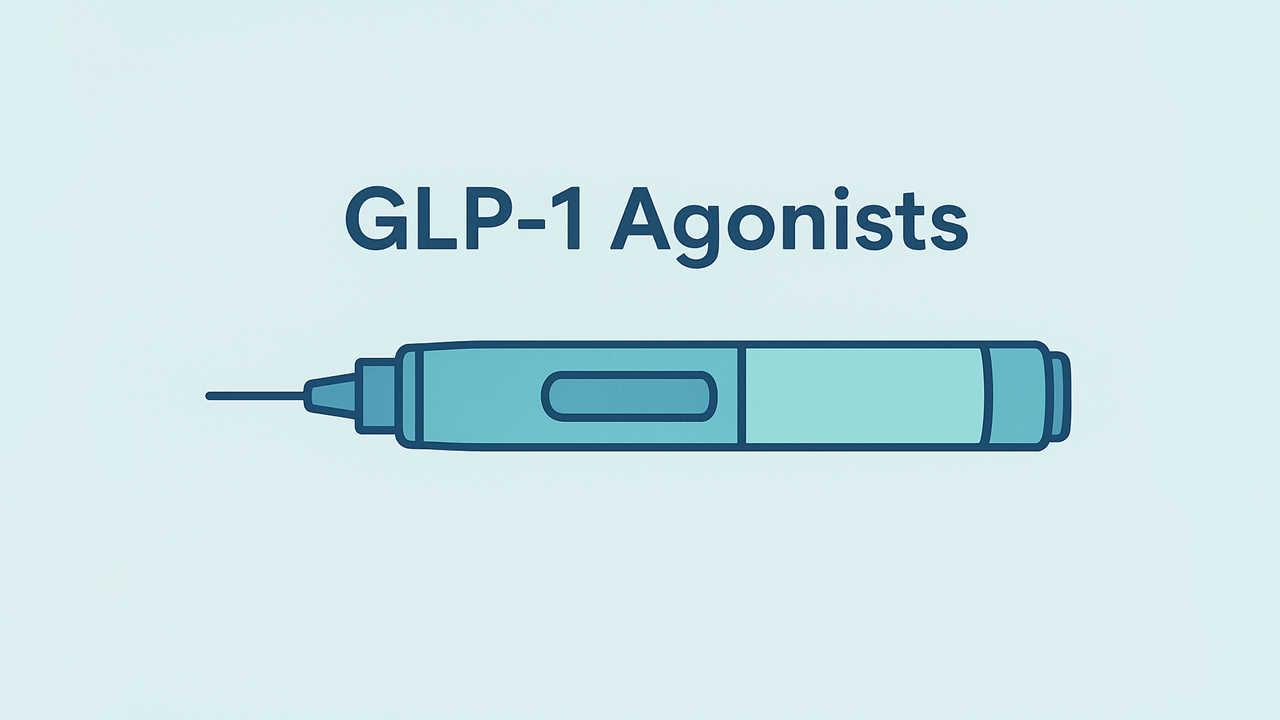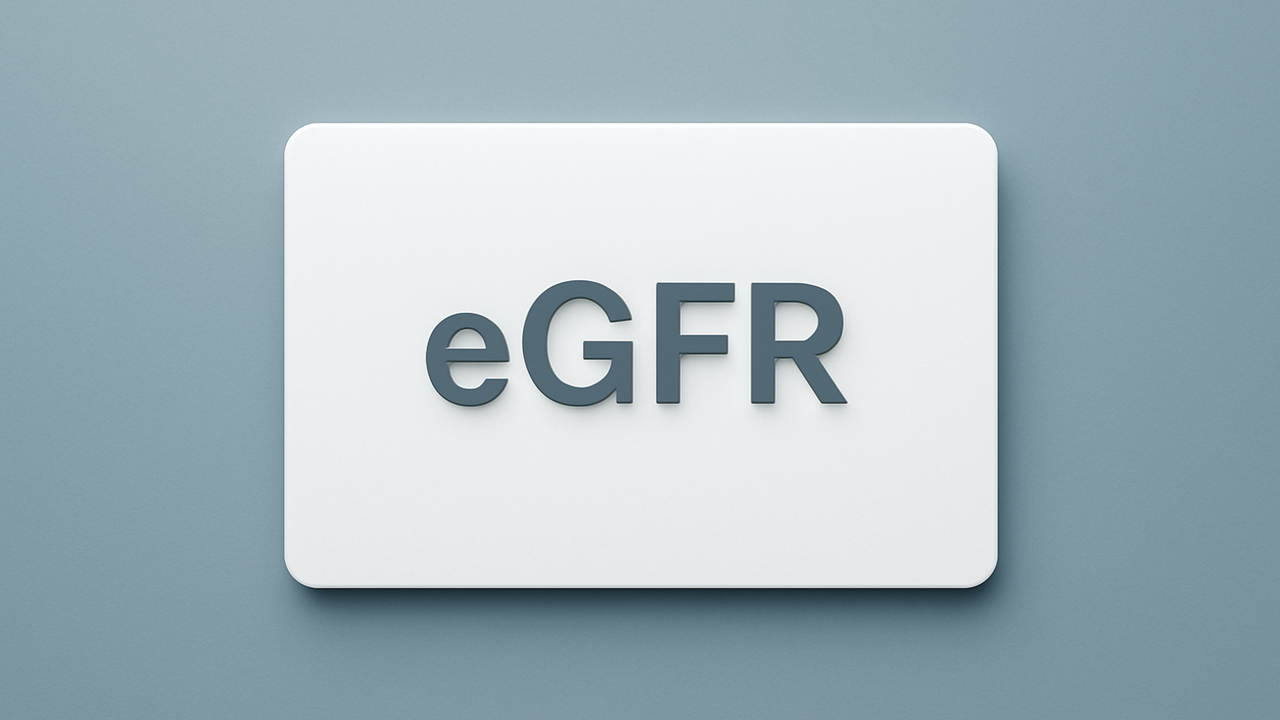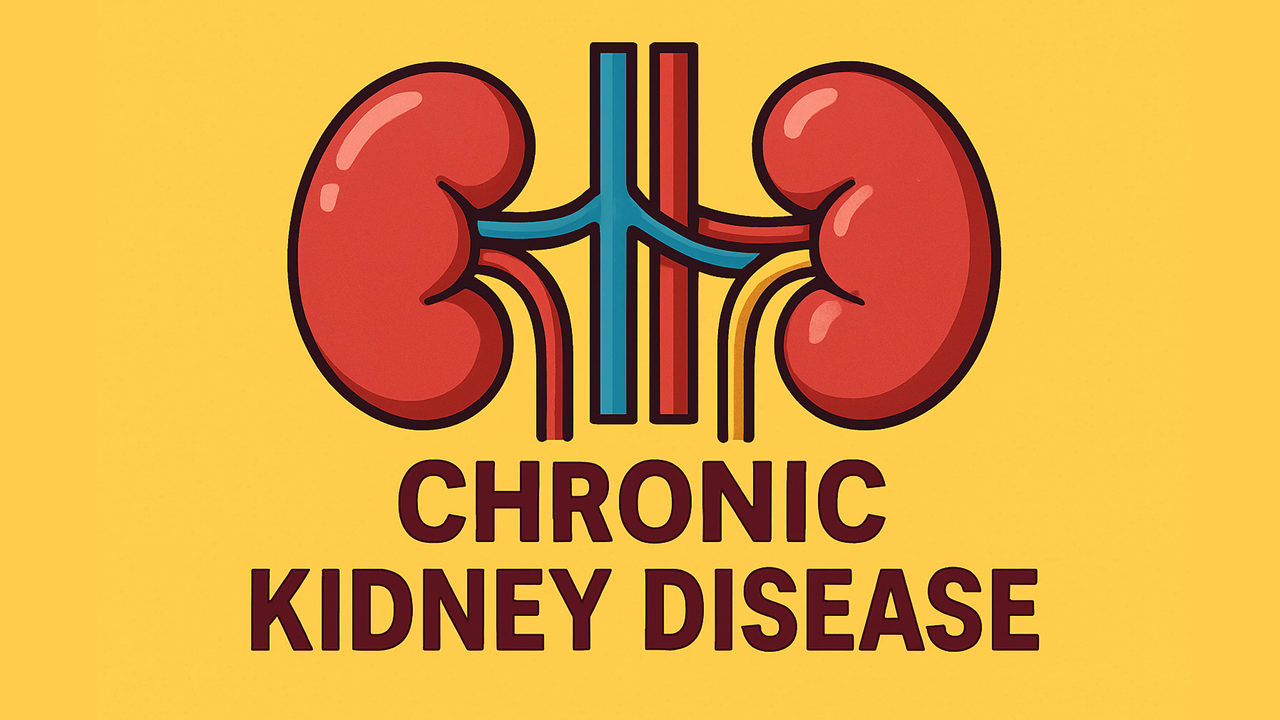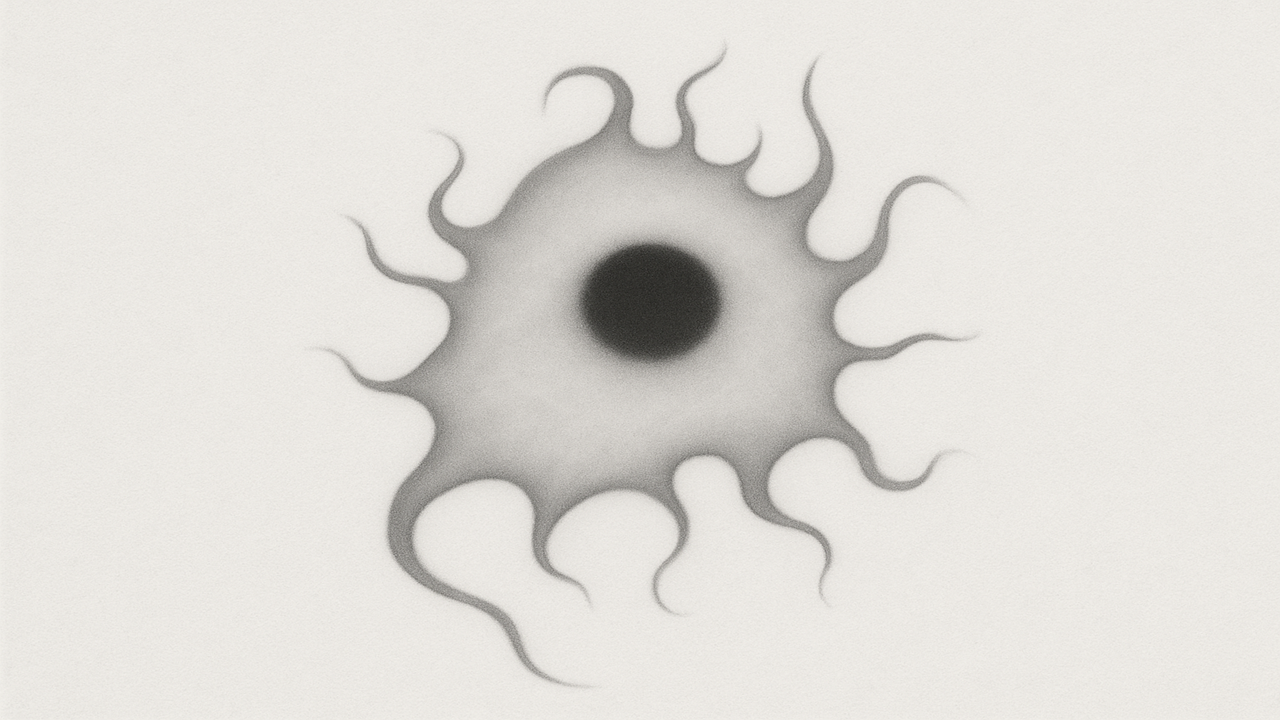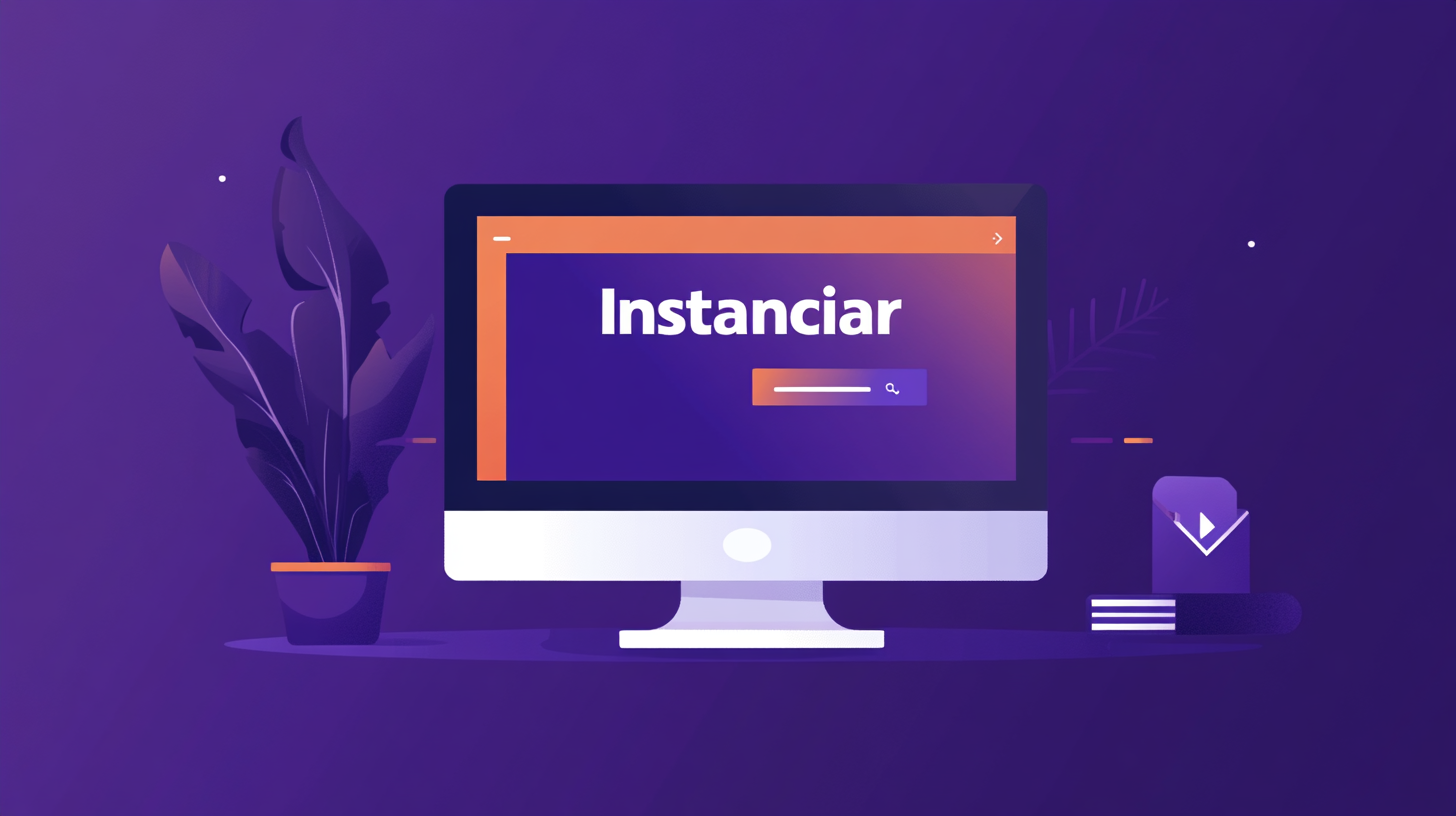How to Read Research Literature Like a Pro
Pausing at an opaque graph or tripping over jargon can make even motivated readers abandon a scientific paper. Yet peer‑reviewed studies remain the most direct window into new discoveries, medical breakthroughs, and technological advances. A 2023 survey of STEM undergraduates found that 72 % wished they felt more confident parsing primary literature, while 87 % believed that skill would boost their academic or career prospects [1]. The good news: reading research is a technique, not a talent. With a clear plan, anyone—from health‑conscious parents to early‑career investigators—can extract insight, judge credibility, and even enjoy the process.
This guide distills proven strategies used by seasoned scientists into an actionable, SEO‑optimized roadmap. Expect step‑by‑step tactics, visual aids, and critical‑thinking checklists that transform dense PDFs into digestible knowledge.
Why Scientific Papers Feel Intimidating
Scientific articles are written for experts, by experts. Authors compress years of experiments into a few thousand words, assume familiarity with domain vocabulary, and follow a rigid structure that prioritizes completeness over readability [2]. Unlike blog posts, research papers are also an argument supported by data, not a narrative designed to entertain. That focus on precision—vital for reproducibility—makes sentences dense and acronyms plentiful.
Understanding these constraints reframes frustration. The issue is rarely the reader’s intelligence; it is the medium’s purpose. Recognizing that purpose is the first step toward reading efficiently.
Preparing to Read: Define the Mission and Select Wisely
Before opening a PDF, clarify why it merits attention. Typical goals include:
Background learning—grasping fundamental concepts in a new domain.
Project support—harvesting methods or data points for ongoing research.
Evidence appraisal—verifying claims cited by media or policy reports.
Each goal dictates depth. A quick credibility check demands minutes; designing an experiment around the paper’s protocol can take hours.
Filtering the Flood
Millions of articles publish yearly, so strategic searching matters. Combine specific keywords, Boolean operators, and date ranges in engines such as Google Scholar or PubMed. Example:
("intermittent fasting" AND microbiome) AND ("randomized controlled" OR RCT) 2023‑2025
Next, screen titles and abstracts for relevance and journal quality. Predatory titles often promise rapid publication and lack indexing in recognized databases [3]. When in doubt, consult a librarian or vet the journal on the Directory of Open Access Journals (DOAJ).
The Standard Anatomy of a Research Article
Understanding section roles turns a paper into a navigable map rather than a maze.
| Section | Core Purpose | Key Reader Questions |
| Title & Abstract | Snapshot of topic, approach, and primary finding | Is this paper relevant to my goal? |
| Introduction | Context, knowledge gap, and stated hypothesis | What big question does this study tackle? |
| Methods | Step-by-step description enabling replication | Were design and analyses appropriate? |
| Results | Data and statistical outcomes, often via figures | What was observed—without interpretation? |
| Discussion/Conclusion | Authors’ interpretation, implications, limitations | Do data support the stated conclusions? |
| References & Supplementary | Sourcing and ancillary datasets or protocols | Where can I verify facts or find deeper detail? |
Comparison table outlining each section’s role and guiding questions for readers.
A Six‑Step Strategy for Active, Efficient Reading
1. Interrogate the Introduction
Read until the final paragraph reveals the study’s hypothesis. Paraphrase that hypothesis in one sentence; this primes focus on what matters.
2. Sketch the Methods
Create a quick flowchart of participants, interventions, and outcome measures. Even rudimentary diagrams cement understanding and flag potential design flaws [4].
3. Decode the Results Visually
Examine every figure and table before reading accompanying text. Ask, “If I had to present this graph at a meeting, how would I describe it?” This practice forces comprehension of axes, sample sizes, and statistical indicators.
4. Draft Your Own Brief Discussion
Pause. Without author influence, jot what the results imply about the hypothesis and bigger field. This step strengthens critical independence [5].
5. Compare Interpretations
Read the authors’ Discussion and note alignment or divergence from your draft. Scrutinize whether acknowledged limitations cover all weaknesses you observed.
6. Contextualize and File
Check citation counts, related commentaries, or meta‑analyses to gauge community reception. Finally, store a concise summary in a reference manager for future retrieval.
Critical Evaluation Checklist
A polished abstract can mask methodological cracks. Use this quick set of filters to guard against weak evidence:
Sample Size & Power – Does the study justify numbers and report power calculations [6]?
Controls & Randomization – Are comparison groups equivalent at baseline?
Statistical Transparency – Are p‑values, confidence intervals, or effect sizes clearly reported?
Reproducibility Assets – Are raw data or code available in repositories?
Conflict‑of‑Interest Disclosures – Do funding sources pose potential bias?
Peer Reception – Have independent teams replicated or cited key findings?
Briefly record answers; patterns of “no” signal caution.
Note‑Taking and Knowledge Retention Techniques
Margin Annotations—Mark questions, circle jargon, and star key results.
Summary Cards—Write a 150‑word abstract in plain language immediately after reading; this cements recall.
Concept Mapping—Link the paper’s findings to wider theories using arrows or digital mind‑mapping tools.
Teach‑Back Sessions—Explain the study in three minutes to a colleague or study group; gaps in explanation reveal gaps in understanding [7].
Building Long‑Term Mastery
Just as muscle forms through progressive overload, scientific‑reading fluency grows via regular exposure and incremental challenge. Rotate between review articles for breadth and cutting‑edge studies for depth. Set attainable goals—one full paper per week for casual learners, daily abstracts for professionals tracking fast‑moving fields. Over months, terminology hurdles shrink and pattern recognition accelerates comprehension.
Conclusion
Primary research papers may appear formidable, yet they follow predictable blueprints and reward structured engagement. By clarifying purpose, dissecting anatomy, applying an active six‑step method, and deploying critical filters, readers convert complexity into clarity. Whether informing health choices, guiding experiments, or satisfying curiosity, the ability to “speak journal” turns passive consumers into empowered participants in the scientific dialogue.
References
Hernandez, L., & Ko, P. L. (2023). Undergraduate perceptions of primary literature literacy. Journal of College Science Teaching, 52(2), 44‑51.
Carey, M. A., Steiner, K. L., & Petri, W. A. (2020). Ten simple rules for reading a scientific paper. PLOS Computational Biology, 16(7), e1008032.
Sorokowski, P., et al. (2017). Predatory journals recruit fake editor. Nature, 543(7646), 481‑483.
Ascoli, G. (2024). Proven tips on how to read scientific literature. Princeton Correspondents on Undergraduate Research.
Raff, J. (2016). How to read and understand a scientific paper: A guide for non‑scientists. LSE Impact Blog.
Button, K. S., et al. (2013). Power failure: Why small sample size undermines the reliability of neuroscience. Nature Reviews Neuroscience, 14(5), 365‑376.
Fiorella, L., & Mayer, R. E. (2013). The relative benefits of learning by teaching and teaching expectancy. Contemporary Educational Psychology, 38(4), 281‑288.
About the Author
Harry Negron is the CEO of Jivaro, a writer, and an entrepreneur with a strong foundation in science and technology. He holds a B.S. in Microbiology and Mathematics and a Ph.D. in Biomedical Sciences, with a focus on genetics and neuroscience. He has a track record of innovative projects, from building free apps to launching a top-ranked torrent search engine. His content spans finance, science, health, gaming, and technology. Originally from Puerto Rico and based in Japan since 2018, he leverages his diverse background to share insights and tools aimed at helping others.





